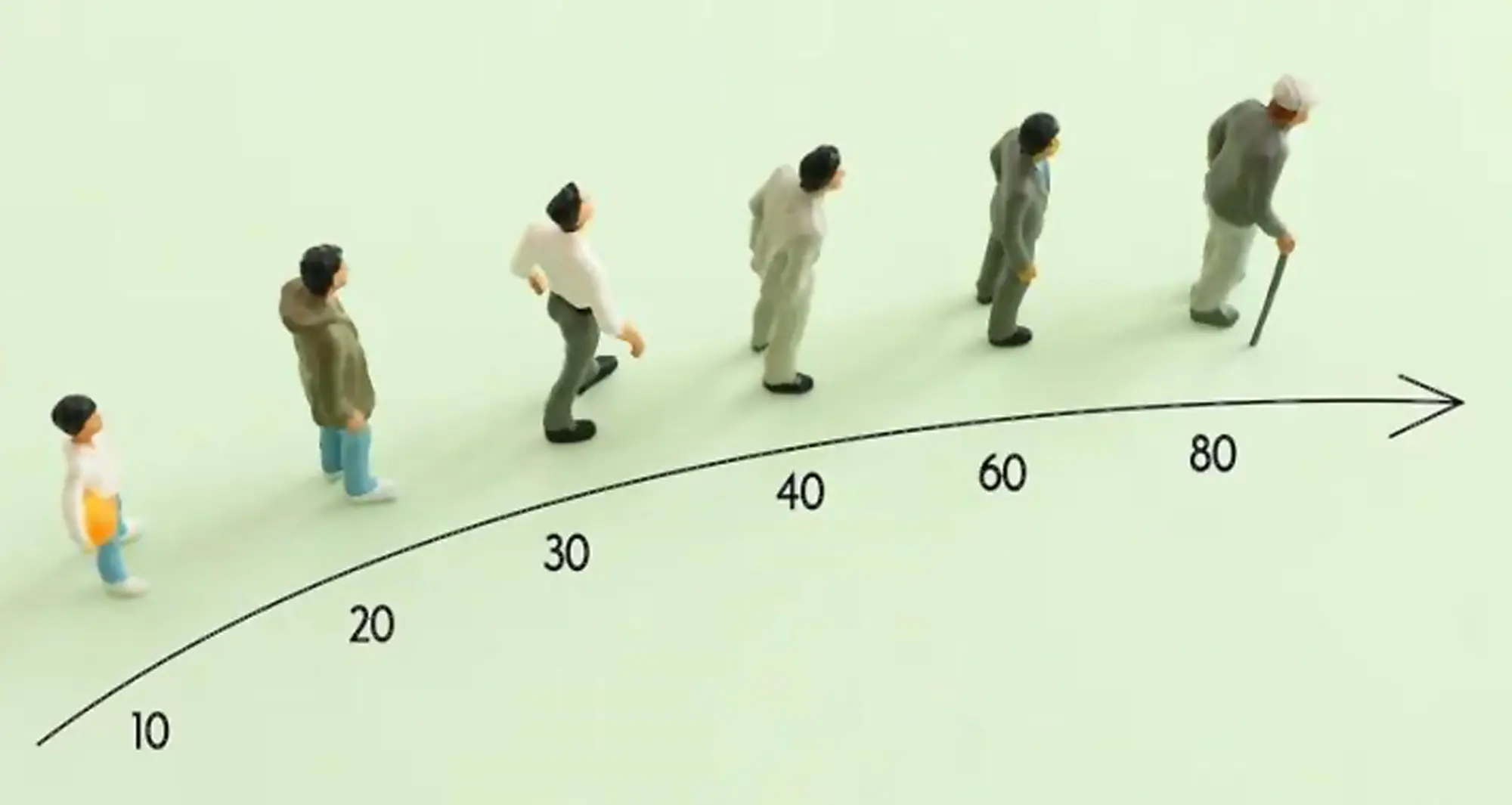It’s not hard to estimate life expectancy. Online calculators abound, from very simple to more complex, from the ominous (Death Clock) to the optimistic (Living to 100).
The information they require for predictions range from minimal, such as gender and age (Social Security), to fairly detailed. The Living to 100 calculator, for example, asks dozens of questions about diet, sleep habits, stress factors and incorporates data from the on-going The New England Centenarian Study at Boston University.
It’s hard to estimate life expectancy.
While these calculators are fun (barring unhappy results) and sometimes informative, they are guesstimates. However, scientists are developing tools that more precisely predict life expectancy based upon empirical indicators, such as mutation rates, blood biomarkers, telomere length and DNA methylation patterns that measure how your body is aging at a cellular level.
I am a principal investigator in the CIAO Study, an international effort to divine the longevity secrets of centenarians living in the Cilento-Salerno region of Italy. Some of the factors that help them live long and well are plainly apparent: They have active, social lives. They eat right, i.e., the Mediterranean diet. They are mentally resilient.
But these centenarians also have lower blood levels of metabolites (substances produced or used during metabolism) linked to cardiovascular disease and diabetes. They enjoy robust microcirculation of blood, comparable to persons 30 years younger, with lower levels of fasting glucose levels and LDL (bad) cholesterol.
Their telomeres are longer. Telomeres are the protective caps at the ends of chromosomes, like the plastic tips of shoelaces. Telomeres naturally shorten with age, and shorter telomeres are associated with an increased risk of cancer, heart disease and other age-related ailments. But telomere shrinkage is not fixed. It can be affected, good and bad, by lifestyle and other factors.
Our goal should be to accurately compare biological age versus chronological age. The latter can be deceiving: Some 60-year-olds are frail and have heart disease while others are pictures of health. A biological age lower than a chronological age suggests healthier aging and a longer life despite what the calendar says.
More and more, there are tests that effectively measure biological age, though none you can do online at the moment.
For example, a new blood test powered by machine learning analyzes hundreds of proteins to estimate a person’s risk of developing 18 major age-related diseases, such as heart disease, cancer, diabetes and Alzheimer’s, and of dying prematurely from any cause. Other blood-based tests estimate the biological age of individual organs, a potential predictor of future, organ-specific health problems.
Key among these organs is the brain. Imaging technologies are helping researchers measure the rate of age-related cognitive decline and risk of dementia — sometimes with a single MRI scan.
Another approach, notes Xiao Tian, who studies aging processes and mechanisms at Sanford Burnham Prebys, is the frailty index, which combines key elements of a person’s medical history, functional status (like ability to dress or prepare meals) and performance tests, such as gait speed and handgrip strength.
“A higher frailty index suggests that the biological systems in the body are under greater decline or faster aging, regardless of chronological age,” said Tian. “Frailty assessments are now being adapted to middle-aged populations to catch early signs of accelerated aging.”
The body provides plenty of peeks into its biological future, from how it modifies DNA to perform necessary functions and how each of us uniquely converts food and drink into energy to whether we can lift modest weights or walk without immediate fatigue.
This data, combined with important lifestyle factors like marital status, smoking, alcohol consumption and physical activity, can help predict life expectancy more accurately. But the value of these tests isn’t in predicting how old you might become, but rather in helping determine how many of those years are likely to be spent in good health if you do the right things.
And that, after all, is the answer we’re all really seeking.
